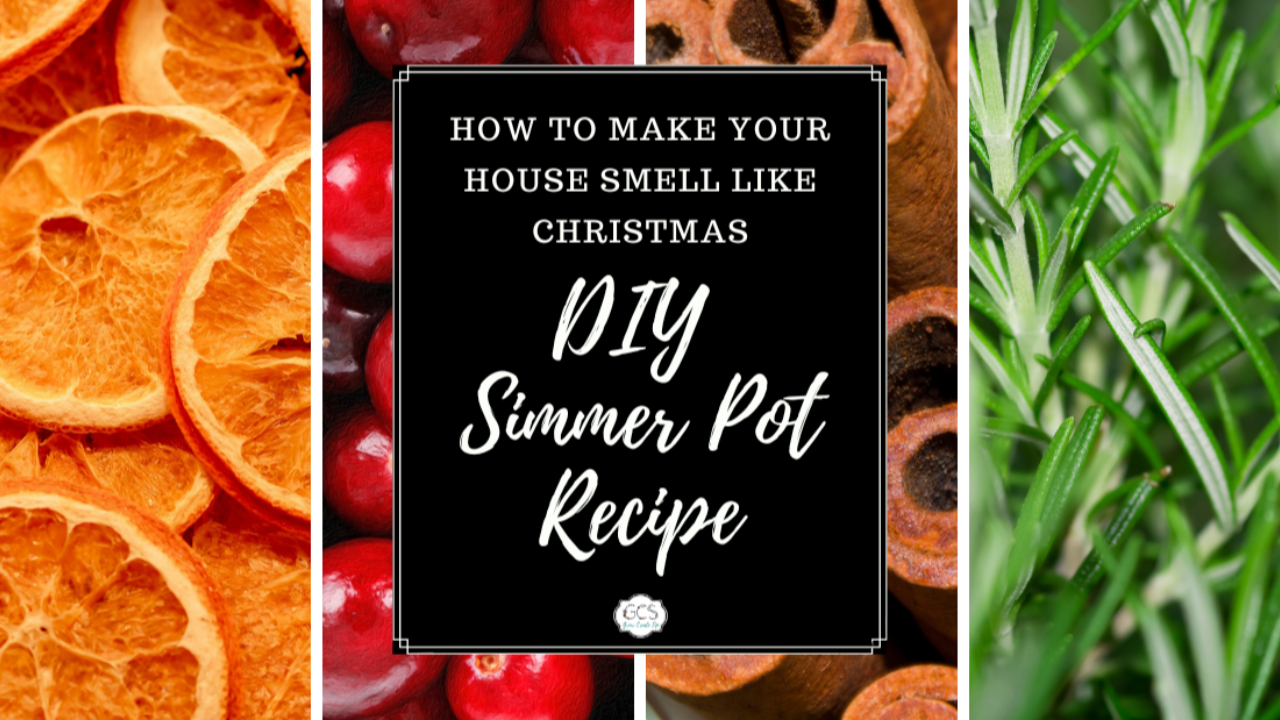Nettle Tea: How to Grow, Harvest and Preserve Nettles
Apr 11, 2022
A hot cup of nettle tea is still a remedy for many ailments for many people. It's no surprise considering stinging nettle greens are rich in vitamins, minerals, and antioxidants.
Besides the health benefits, stinging nettles are really tasty.
But we can't ignore the fact that stinging nettles, well... sting. And it hurts. A lot. How do we harvest them? And is it possible to grow them in our gardens?
Let's dive into exactly what stinging nettle is, why it's so great, and how to make your nettles work for their space.

What Is Stinging Nettle and How Was It Used?
Nettle (Urtica Dioica) is from the Urticaceae plant family and has an interesting history. The name “Stinging Nettle” comes from Netel, or Noedl (needle), which is likely has its roots in Anglo-Saxon and Dutch etymology. It also likely alludes to the sharp and venomous sting the nettle has or how the plant was used as a fiber for many years.
It’s native to Asia, northern Africa, western North America, and Europe and can be home to around 40 different species of insects. The stinging fibers on the nettle stalk and leaves act as a deterrent to grazing animals, which makes this plant the ideal environment for our helpful insect friends, especially the pollinators of the wild.
Nettle grows from early spring throughout summer and grows to be anywhere from 3-7 feet tall, with leaves that range from 1-6 inches in size. The stems and leaves are known for their hairy prickles, which break off on contact and inject an assortment of chemicals into the skin. This makes stinging nettles so uncomfortable to work with because that burning sensation can be hard to get rid of.
Thankfully there is some reward for our efforts because every part of the nettle plant can be used, meaning the leaves, stems, and even the root.
Before we start:
This herbal information is just that, information, not medical advice. This blog post and I DO NOT INTEND to treat, cure, or diagnose any disease or illness. This is for informational, educational, and entertainment purposes only. Please consult a physician before using herbs medicinally.
This post also contains affiliate links. Translation: We get a little kickback for sharing certain products at no additional cost to you should you choose to purchase said items. And - thank you for supporting our farm and family! Read the full disclaimer here.
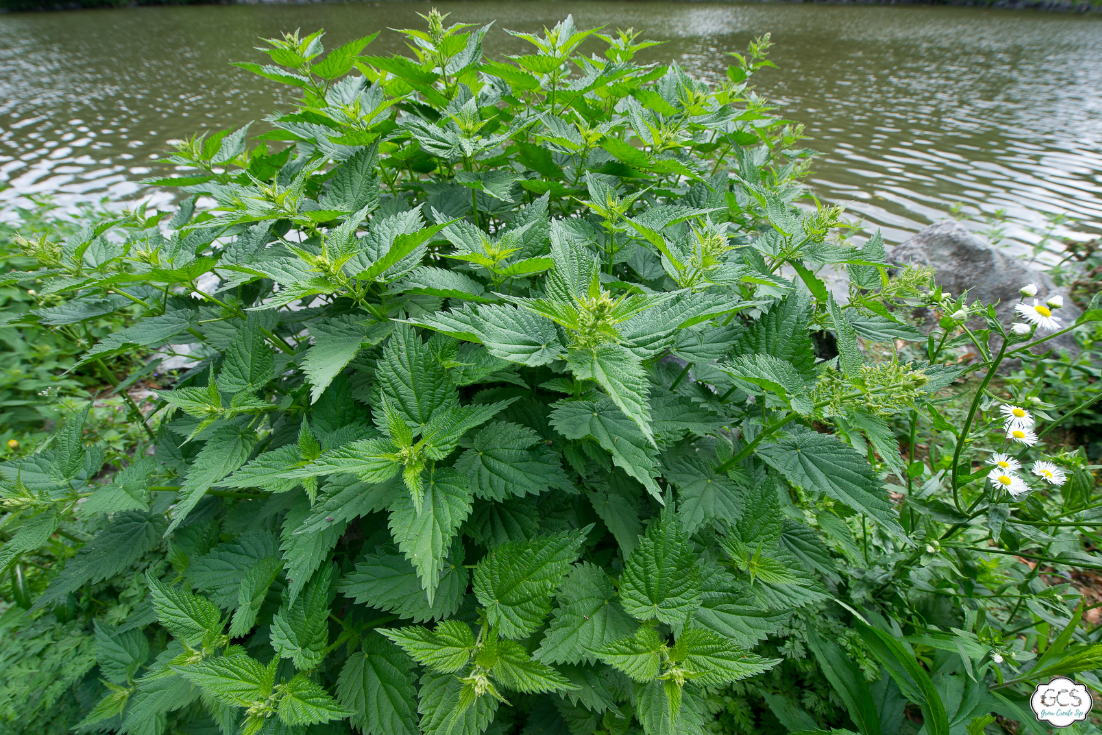
Historical Use
For thousands of years, many cultures have used stinging nettle root and their leaves as nutritive food and medicine. It was used to treat arthritis, scurvy, seasonal allergies, anemia, wound healing, general weariness, and a diuretic and increase pancreatic production.
Historically, stinging nettle tea was also used as a cleansing tonic and blood purifier. Nettle leaf juice is still a useful ingredient in modern hair-care formulations and has been used as a hair rinse to manage dandruff and stimulate hair growth for centuries.
Stinging nettle was also a boon to people when other fiber-bearing crops were scarce. It was used to make everything from sailcloth to funeral shrouds, and when other crops, like cotton, were scarce during both World Wars, they used stinging nettles instead.
At the same time, stinging nettle was also used to feed cattle, horses, pigs, and poultry during times of food scarcity. Ranchers who used nettle in their livestock feed actually saw an increase in Vitamin A by 60-70%, as well as a protein increase of 15-20%.
Benefits of the Nettle Plant
Nettle can be used to make a variety of remedies, from tinctures to tonics, and even skin toner and nettle leaf tea. Stinging nettle is packed full of nutrients and is a veritable powerhouse for a budding herbalist.
Stinging nettle leaves and roots include:
- Vitamins A, C, and K (and some B vitamins)
- Minerals like calcium, iron, magnesium, and potassium
- All the essential amino acids
- Polyphenols, which come with their own unique benefits
- Essential fatty acids
On top of that, stinging nettle may reduce inflammation, can help treat hay fever, may lower blood pressure, and potentially help control blood sugar levels.
Other benefits of nettle may even include:
- Reduced bleeding
- Liver health
- Wound and burn healing
- Natural diuretics
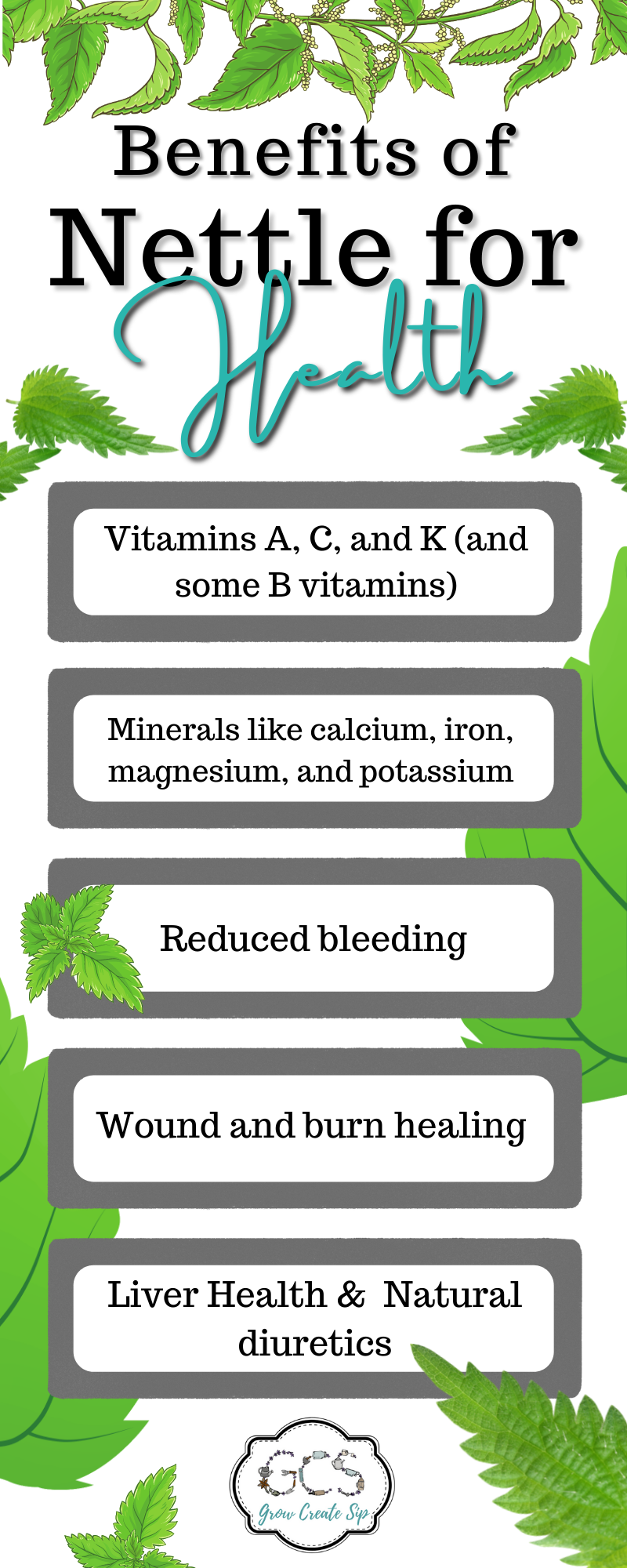
Planting Stinging Nettle
Planting stinging nettle is easy, though it's important to take the same precautions as you would with harvesting them. In essence, make sure to wear gloves when handling nettle, no matter the form! Those little stingers pack a punch until removed, even on the baby plants.
To grow your own nettle plants, all you need to do is:
- Start seeds inside at least 4-6 weeks before the estimated last frost
- Plant 1-3 seeds in peat pots filled with soil
- Cover them lightly with a quarter-inch of soil
- Keep the seeds wet as they grow
- Germination should start within 14 days
You can also plant nettle greens right into the ground. Choose a spot with rich, wet soil and is away from any other herbs. Unlike growing indoors, you want to seed in the spring and sow the seeds in an inch-wide row. Keep the soil moist at all times.
If you started your nettle indoors, move the growing nettle greens into a prepared garden with a distance of at least 12 inches between each plant.
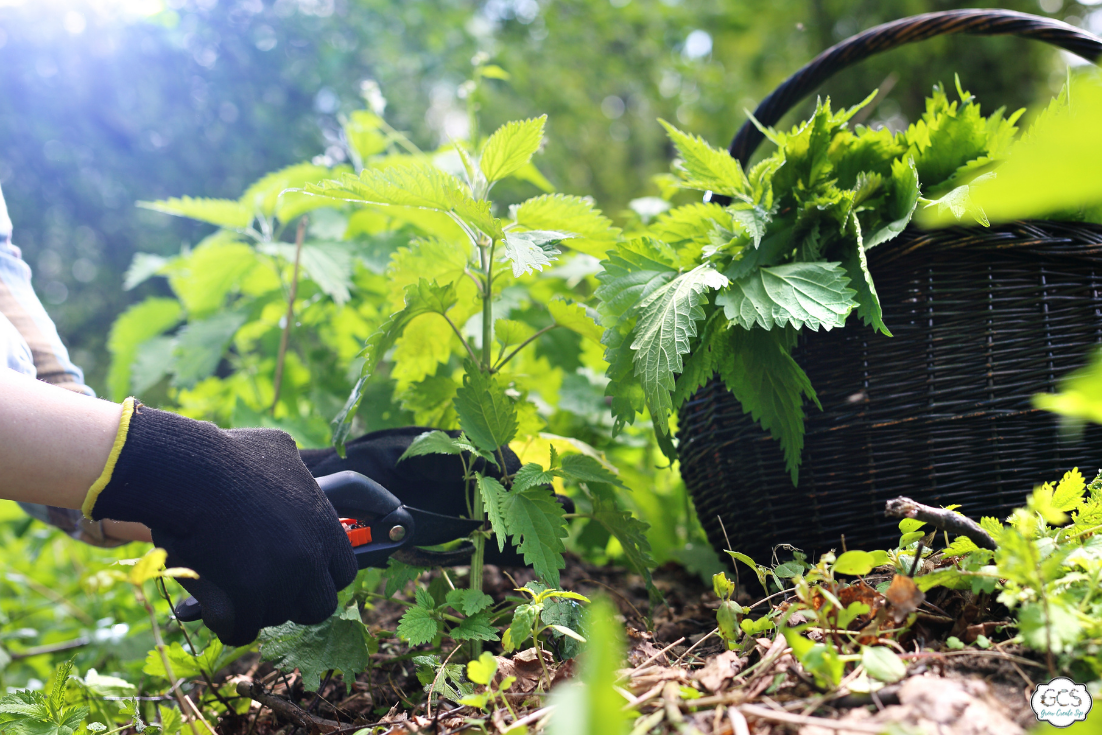
Harvesting Nettle
Stinging nettles may sprout even when there is still snow on the ground, so they'll likely be one of the first plants we forage in the new season. Because stinging nettles can cause such painful spots and rashes, you need to ensure you take the right steps to prevent this from happening! You will need:
- Sturdy, thick gloves
- Long sleeves and pants
- Sharp scissors or shears
- A basket or paper bag to contain them
Finding the ideal plant means looking for young nettles. These will be only a foot tall, and the reasons for this are twofold. First, when the plants are young, their leaves are the most tender. Second, once the plant flowers, the leaves become unpleasant to eat.
Use scissors to cut off the top 3 inches, just above where two leaves branch off. Cutting much more than that poses a risk to the plant, and you want them to continue growing for later harvesting!
Store the cuttings in the basket or paper bag. Plastic bags may be tempting, but they don't breathe well and may cause condensation, promoting mold growth.
Treating Nettle Stings
We can take as many precautions as we like, but sometimes things just happen. Thankfully, nettle stings are easily treatable, but they can be exceptionally uncomfortable.
Here are a few tips for treating nettle stings:
- Wash the area with soap and water to remove the nettle hairs
- Apply a paste of water and baking soda
- Rinse off once dry
- Apply aloe vera gel to the area
- Use a cold compress if there is still irritation
Note: To prevent aggravating the area further, you should avoid scratching or rubbing the affected areas and avoid hot temperatures until you have soothed the area.
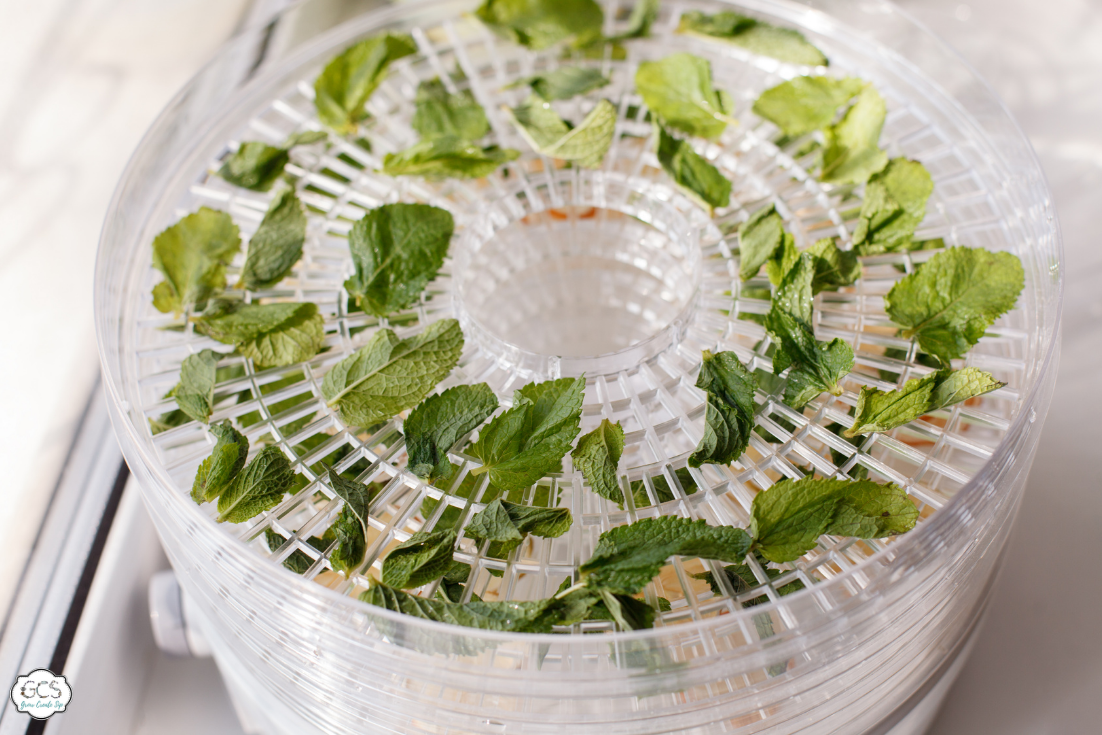
Preserving and Dehydrating
Nettle is easy to store and keep, and there are several ways to preserve them. You can store them fresh for a few days, dry them out the traditional way, dehydrate them, or even freeze them!
To dry them without a dehydrator, tie them together in bunches and hang them upside down in a dry spot. Leave until they are completely dry before storing them in an airtight container.
Using a Dehydrator
You can also use a food dehydrator to dry the leaves. You need to clean them, dry them with paper towels, and air dry them for a few minutes before laying them in a single layer on the drying racks. You want to ensure you’re leaving enough space between them for air circulation.
The leaves will need to be dehydrated for around 8-10 hours, or until they are completely dry; otherwise, they will eventually go moldy. Once ready, store them in a clean, airtight container.
Storing Nettle Leaf Fresh
You can keep leaves fresh for at least three days by placing the unwashed leaves in ziplock bags or airtight containers and putting them in the fridge. When you have need of them, take them out, wash them, and use them as needed.
Freezing Nettle
Blanch the leaves in boiling water for a few minutes before cooling them in ice water. Wring out the excess liquid and freeze the leaves flat on a baking tray. Once the leaves are frozen, you should keep them in a vacuum-sealed bag, container, or ziplock bag.
You can also steam the leaves for a few minutes instead of blanching, but all other steps remain the same. Alternatively, you can steam (or blanch) the nettles before pureeing them and freezing that puree in ice cube trays. You can then add these handy little cubes of goodness to stews, soups, dips, or pesto!

Photo & Recipe by Kayla Joy Creative
Flavor Pairing Tips for Nettle Tea
Because nettle itself has a herbaceous, earthy flavor, it pairs well with bright and crisp flavors. It pairs particularly well with:
- Mint
- Citrus
- Elderflower
- Honey
- Ginger
- Berries
- Cucumber
- Hibiscus
While nettle is also great for savory dishes, as it tastes a lot like spinach, it's particularly good as a tea. And, since it starts growing just as it gets hot out there, why not make it into an ice tea?
Learn to Harvest With the Communi-Tea
As prickly as these plants can be, nettle is well worth the effort. It is a powerhouse of minerals and vitamins and works well in various recipes, including our favorite, nettle tea. If you want to take a deeper dive into Nettle and grab a 3 page printable of all this information in an easy-to-read quick reference guide, make sure you head on over to the Herbal Studio & Communi-tea. There are 40+ downloadable herb guides to add to this one and more!
If you just want to give nettle a taste without having to forage or grow it first, check out Farmhouse Teas Sneez-ali-tea blend.
Growing your own herbs for remedies or food can be incredibly rewarding, and there is something deeply satisfying about eating something you have either foraged or grown yourself. I'd love to know, have you foraged or grown stinging nettle before? Share your experience down below in the comments.
Read more about Medicinal Herbs...
- Fight Seasonal Allergies
- Allergy-Fighting Tea Recipe
- Fire Cider Benefits & Protocol; Everything You Need to Know
- How to Grow an Herbalist Garden
- How to Plant and Propagate Elderberry Bushes
- Herbal Apple Cider Vinegar Gummies













